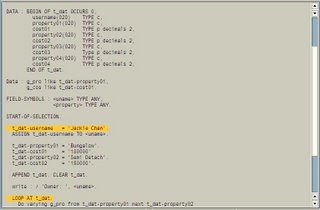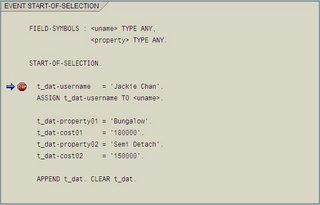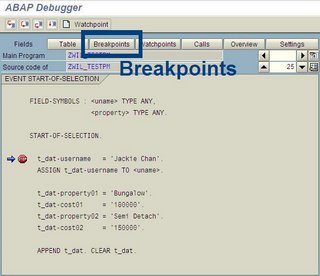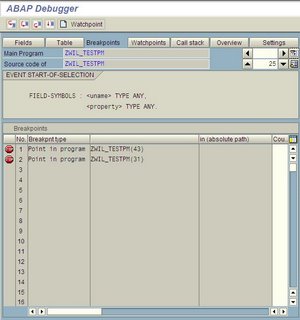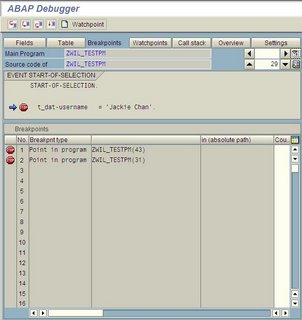Last time i had this similar issue with the grids. However it was so solve with clearing the ALV buffer (table GT_LTDXKEY and shared buffer EUINFO). By using this method, i still couldn't see my latest changes to the ALV report. So the best way would be Google around first. Hey, human invented Google right? In fact, everyday we Google. Why not Yahoo? Anyway, after some 15 minutes, i dropped off everything. I went for a break and think again of my coding. 'What went wrong?', i asked.
Well, my dear readers, the only thing that you must always remember to do when you change your FIELDCATS in ALV, you must ensure that the layout management is not holding any old layout from your tester, your functional or your previous ABAPer. I was brought to this resolution in SDN when Rich Heilman wrote in Raj Chinni's similar problem. Raj had the same problem like mine.
So, it was the layout management that was dissappearing my new changes...
is sky the limit... clear your layout management when you make changes to FieldCat...


